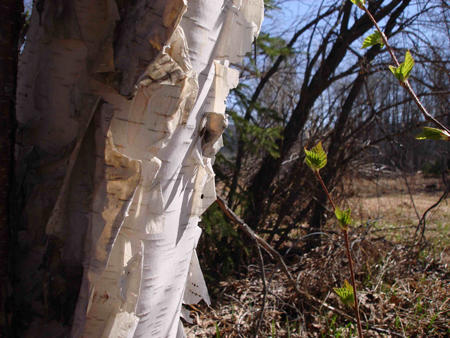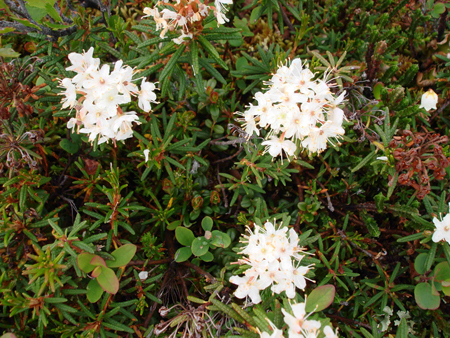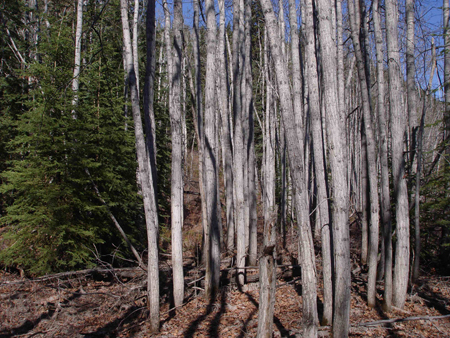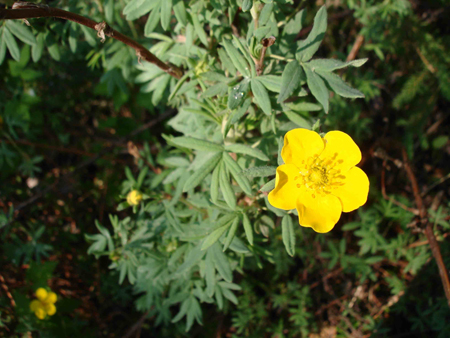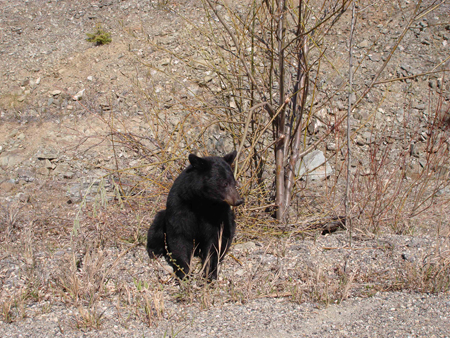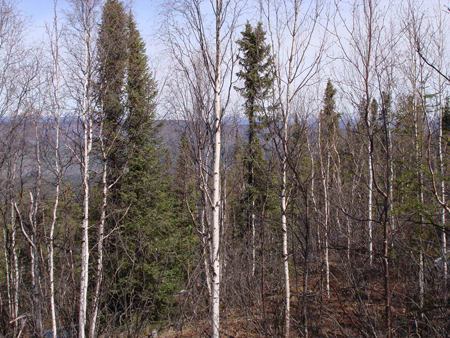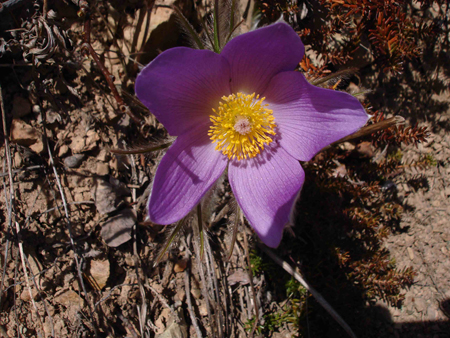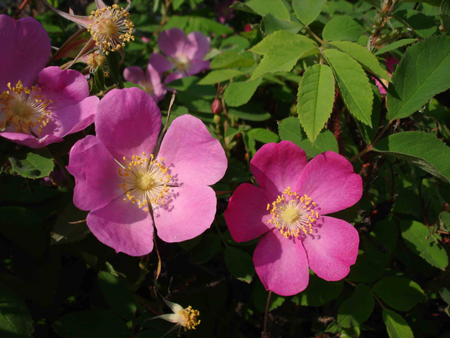
Nancy and her husband, Bob
Taken from: http://sononis.blogspot.com/
While the field of Ethnobotany might not be deeply understood by many everyday citizens, its importance is certainly recognized by the Governor General of Canada.
Earlier this month Nancy Turner, an Ethnobotanist for the University of Victoria and member of the International Boreal Conservation Science Panel, was named to the Order of Canada, Canada's highest civilian order. Known for her expertise in the relationship between plants and people, as well as extensive work and knowledge about the traditional uses of food, medicine, and tools in the Boreal Forest, Nancy certainly deserves such an outstanding achievement.
Here's part of an article in the Globe and Mail about her remarkable career and recent accomplishment:
Nancy Turner's yard is a riot of native plants - camas and saskatoon berries, salmonberries and thimbleberries, wild gingers and rattlesnake plantain.
She is a scientist and so knows these plants also as Camassia leichtlinii and Amelanchier alnifolia, Rubus spectabilis and Rubus parviflorus, Asarum caudatum and Goodyera oblongifolia.
She knows, too, these have other names in other languages (the Sto:lo, for instance, know the sweet thimbleberry as t'qwem) as well as a history and many different roles in indigenous cultures. This she has made her life's work, not nearly complete after more than four decades of study, and for which she now has been named to the Order of Canada…
To read the rest of the article, go to: http://www.theglobeandmail.com/news/national/lifelong-love-of-plants-and-people-yields-order-of-canada/article1207441/
I have been in recent communication about her recent work and achievements, and I thought it might be fun to include a personal note about what she's been up to recently. Here's what she recently wrote me - sounds like she's had some good time researching in Yukon!:
I just got back from spending three months in Dawson City, Yukon. Quite amazing. We were there over breakup, and watched winter turn to summer in just a couple of weeks. I have lots of photos of plants, should you need them. My husband Bob took the fox photo. We were staying at Pierre Berton House, where Bob had a writer's fellowship to work on a book on Yukon sternwheelers. Right across the road from Robert Service's cabin.
P.s. I'm working on a book on ethnobotanical and environmental knowledge acquisition, transmission and adaptation over time and space in northwestern N America. So, this Boreal environment is particularly interesting, because it most closely simulates the Pleistocene and post-pleistocene environments that the earliest peoples must have encountered. The species like lingonberry, prickly rose, soapberry, mountain blueberry, highbush cranberry, wild strawberry, wild raspberry, willows and birches must have been so important 10,000 years ago over a much wider area than they are today.
Once again, congratulations to Nancy for this amazing accomplishment - her work is certainly noticed!
I've posted some of the photos she mentions in her note below - the credit for all of the photos go to Nancy Turner, except for the photo of the fox cubs, which goes to Robert D. Turner.



